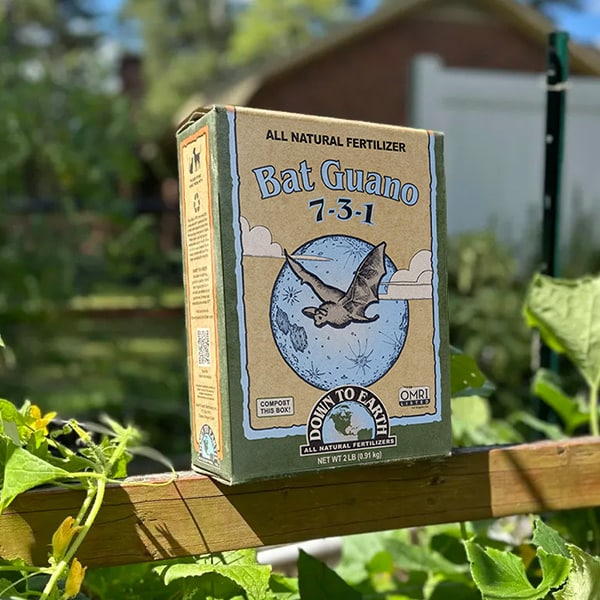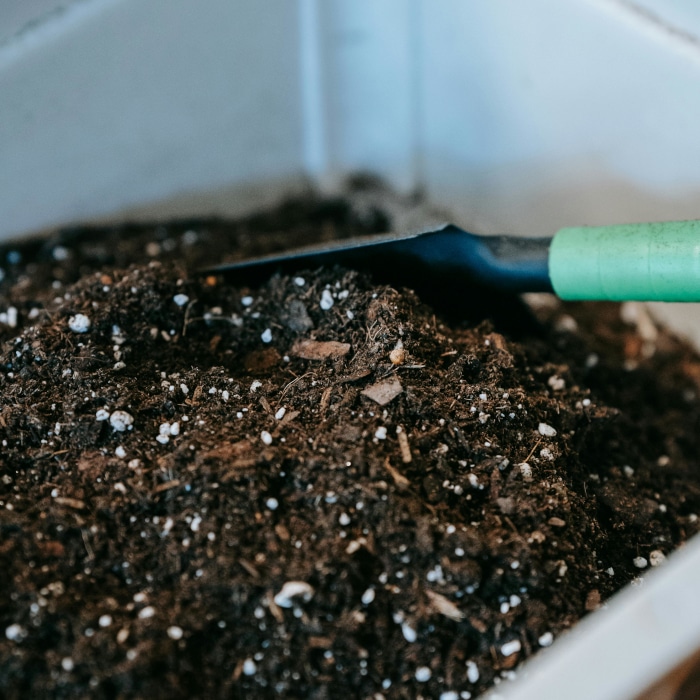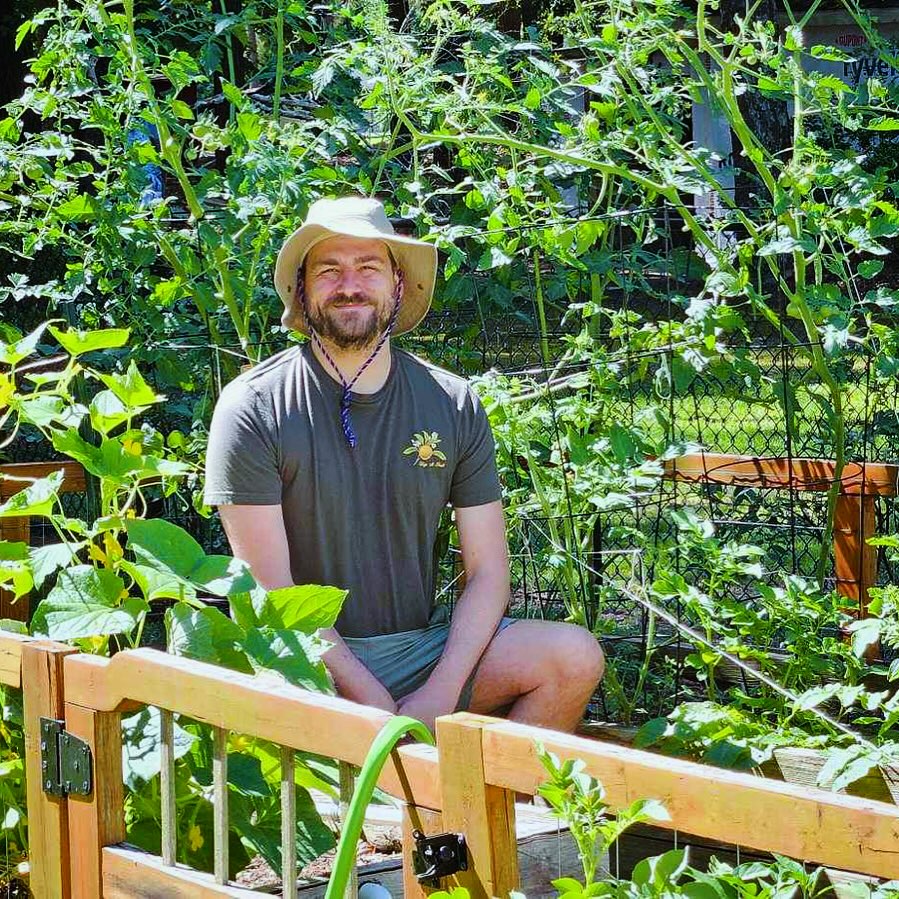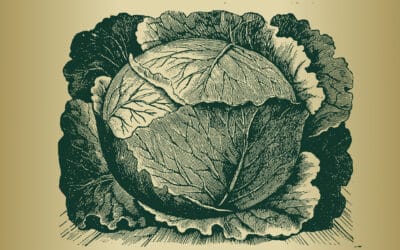In the world of gardening, the struggle for healthy plants often leads to a dead end when leaves turn a worrying purple or blooms do not impress.
The usual fixes—more water, more sun, or a generic fertilizer—rarely address the root of the issue, leaving gardeners frustrated. The problem? A deficiency not many think about first: phosphorus.
This important nutrient, necessary for root development, flowering, and fruiting, is often the missing piece in transforming a struggling plot into a thriving garden.
Key Takeaways
We aim to:
- Highlight the role of phosphorus in plant health, essential for photosynthesis, energy transfer, and overall growth.
- Explore different types of phosphorus fertilizers like bone meal and rock phosphate, each with unique benefits for soil health and plant development.
- Discuss the importance of application methods, such as banding and broadcasting, to optimize phosphorus availability and minimize environmental impact.
- Share personal insights on the noticeable improvements in plant vigor and yield when applying phosphorus fertilizers methodically.
The Important Role of Phosphorus in Plant Health:
Phosphorus is not just another nutrient on the list; it’s a cornerstone of plant health, deeply embedded in the very fabric of how plants grow, bloom, and sustain life.
Among the various nutrient-specific amendments, the powerful element phosphorus plays an important role in photosynthesis, the process by which plants convert sunlight into energy. It’s essential for the formation of ATP, the energy currency of all living cells, facilitating energy transfer that powers everything from nutrient uptake to the synthesis of vital molecules.
But phosphorus does more than just energize plants; it’s a huge part of the genetic foundation itself, being an important component of DNA and RNA.
This means phosphorus directly influences the growth and reproduction of plants, from the development of roots and stems to the formation of flowers and seeds. It’s the behind-the-scenes architect of the vibrant displays in gardens and the bountiful harvests in fields.
The signs of phosphorus deficiency are both visible and impactful, manifesting as stunted growth, delayed maturity, and a lack of vibrant blooms. Perhaps the most telling are the dark, purplish hues that appear on the leaves, a stark indication that the plant is struggling to access or utilize this vital nutrient.
These symptoms not only compromise the aesthetic appeal of plants but also their health and productivity, underscoring the importance of phosphorus in achieving a flourishing garden.
Early recognition of these signs is important for gardeners, as it allows for timely intervention. Correcting a phosphorus deficiency is not merely about saving the visual appeal of a plant but ensuring its overall health and vitality.
The role of phosphorus extends beyond the immediate; it’s about setting the stage for a plant’s life, influencing everything from its resilience to stress to its ability to reproduce.
In the garden, phosphorus is the silent force that propels growth forward, ensuring that plants reach their full potential. It’s the difference between a garden that’s merely surviving and one that’s thriving.
Understanding and respecting the role of phosphorus in plant health is the first step toward growing a garden that is not only beautiful but robust and vibrant. We find that using Organic Bat Guano or Rock Phosphate is a great step toward getting those vibrant results.
As an Amazon Associate we earn from qualifying purchases

Down To Earth Organic Bat Guano Mix
Brand: Down To Earth All Natural Fertilizers
Item Weight: 2.01 Pounds
Coverage: Medium

Down To Earth All Natural Fertilizers Organic Rock Phosphate Mix
Brand: Down To Earth All Natural Fertilizers
Item Weight: 4.7 Pounds
Coverage: Medium

Types of Phosphorus Fertilizers:
In the gardening world, phosphorus fertilizers come in various forms, each with distinct benefits tailored to different gardening needs. Bone meal and rock phosphate are two prime examples that cater to specific aspects of plant growth and soil health.
Bone meal is renowned for its slow-release properties, making it an excellent choice for sustained root development and flourishing blooms. Its gradual nutrient release ensures plants have access to phosphorus throughout their growing season, enhancing overall plant strength and bloom quality.
Rock phosphate provides a swift phosphorus boost, ideal for quick interventions in phosphorus-deficient gardens. Beyond its immediate impact, it also delivers a range of trace minerals that contribute to long-term soil enrichment and plant health.
Incorporating these fertilizers into my garden marked a significant shift towards healthier, more vibrant plants. The use of bone meal around my roses led to an impressive transformation, with denser, more colorful blooms highlighting the potency of targeted phosphorus supplementation.
Choosing the right phosphorus source is important for optimizing garden health and achieving the best growth outcomes. Whether opting for the steady nourishment of bone meal or the quick revitalization offered by rock phosphate, each fertilizer plays a unique role in nurturing garden vitality.

Environmental Considerations and Sustainable Practices:
The use of phosphorus fertilizers comes with a responsibility to the environment. Runoff from over-fertilized gardens can lead to phosphorus accumulation in water bodies, promoting harmful algal blooms.
To fix this, I adopted practices like composting and using organic phosphorus sources, like worm castings, which offer a double benefit: enriching the soil with phosphorus and improving its structure.
Application Methods for Optimal Results:
“(1) 80 days after planting seed potatoes
(2) side dressed with high phosphorus fertilizer at the 50 day growth stage
(3) from seed potato planting to harvest=about 110 days
(4) all plants look very strong at this point in their growth stage
(5) feed them compost tea weekly
(6) at planting time I added 3 inches of mulch (fall leaves) to help keep moisture in
(7) each plant should produce 8 to 10 potatoes each”

The way phosphorus fertilizers are applied plays a necessary role in maximizing their benefits and minimizing environmental risks. Among the various techniques, banding stands out for its precision. By placing the fertilizer in close proximity to plant roots, often in a narrow band alongside or below the seed row, phosphorus is made readily available to the young plants.
This targeted approach not only enhances phosphorus uptake by the roots but also significantly reduces the likelihood of nutrient runoff, thereby safeguarding surrounding ecosystems.
My own foray into banding, specifically near the root zone of my tomato plants, resulted in a marked increase in both plant vigor and fruit yield. This firsthand experience underscored the effectiveness of thoughtful fertilizer placement.
Broadcasting is another common method, where fertilizer is spread evenly across the soil surface and often worked in with tillage. While this approach can be effective for covering larger areas, it may not provide the same concentration of phosphorus directly to the plant roots as banding does.
However, for gardeners managing larger plots or seeking a more generalized soil amendment, broadcasting followed by thorough incorporation can ensure that phosphorus is distributed throughout the soil profile, benefiting a wide array of plant life.
Incorporating phosphorus fertilizers into compost piles or using them as part of a mulching strategy are sustainable practices that serve dual purposes. They not only improve soil phosphorus levels over time but also contribute to the overall health of the soil microbiome.
By integrating these fertilizers into organic matter, gardeners can create a slow-release nutrient reservoir that plants can tap into across the growing season. Adopting such methods has not only brought my garden closer to a natural ecosystem but has also elevated the vibrancy and productivity of my plants, showcasing the lasting impact of strategic phosphorus application.
Bringing It All Together:
The process from recognizing a phosphorus deficiency to seeing the vibrant growth and blooms in response to targeted fertilization is a rewarding aspect of gardening.
By understanding the signs of phosphorus need, selecting the appropriate type of fertilizer, and applying it thoughtfully, gardeners can ensure their plants receive the foundational support they need to thrive.

In Conclusion:
Phosphorus fertilizers are a key to unlocking the potential of your garden, from soil health to the zenith of plant growth. Recognizing the signs of deficiency, choosing the right fertilizer, and applying it responsibly can transform your gardening practice.
I encourage fellow gardeners to explore the benefits of phosphorus fertilizers, starting with a simple soil test to design your approach based on your garden’s specific needs. Together, let’s create spaces that are not only beautiful but also sustainable and flourishing.







